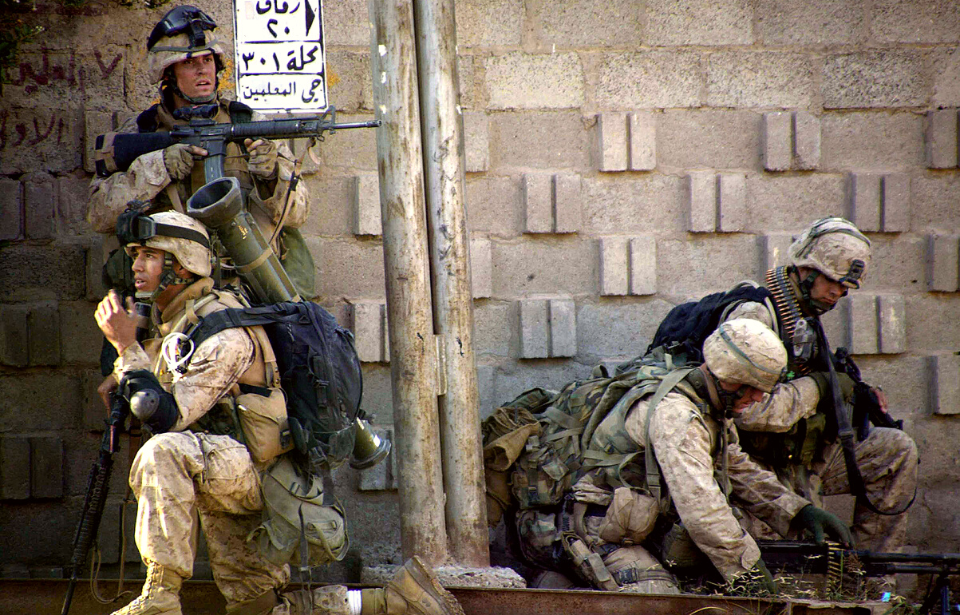The Second Battle of Fallujah took place between November 7 and December 23, 2004, as part of the Iraq War. It’s considered the heaviest urban combat involving American troops since the Battle of Huế in 1968. Fought exclusively against insurgents, it’s also considered the bloodiest American engagement to have occurred during the conflict.
Impetus for the First Battle of Fallujah
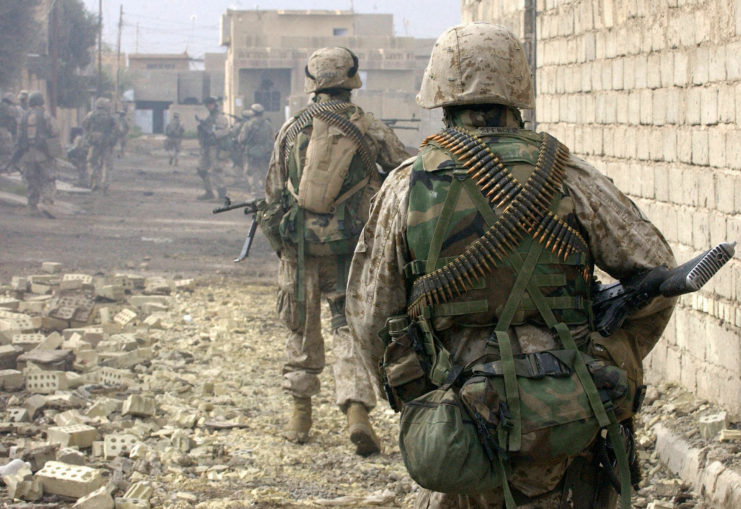
Before the Second Battle of Fallujah came the first, provoked by insurgents who’d captured and killed four private military contractors from Blackwater. Their bodies were burned and hung from a bridge in the city, in what the insurgents saw as an act of superiority. On the American side, some likened the incident to the Battle of Mogadishu during the Somali Civil War.
American political leaders knew a significant military response was required and thus ordered the 1st Marine Division to retake Fallujah. The battle commenced on April 28, 2004, under the codename Operation Vigilant Resolve, and ended in an agreement that saw control of the city placed in the hands of a locally-run Iraqi security force.
Preparations for the Second Battle of Fallujah
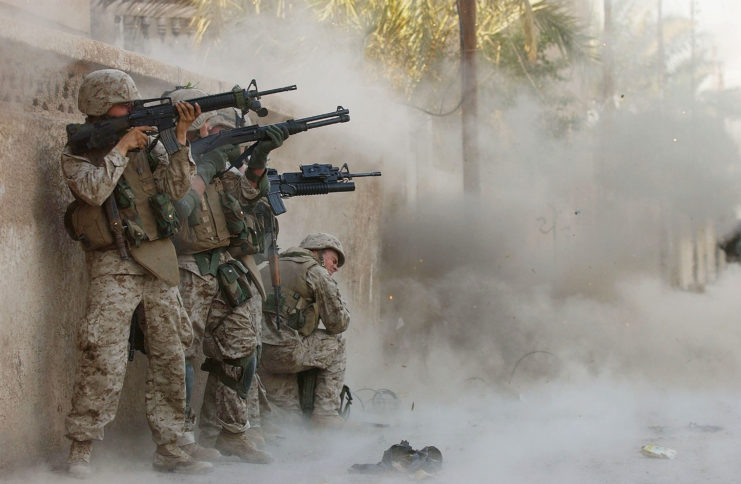
Over time, the number of insurgents in Fallujah grew, despite efforts by the security force. By September 24, 2004, the number had risen so high that a senior US official released a statement, saying “the highest priority” was catching Abu Musab al-Zarqawi, the individual said to be in control of the city.
Preparations began that November. The new battle plan, codenamed Operation Al-Fajr and Operation Fury, was supported by a coalition of around 13,500 servicemen from the United States, Britain and Iraq. The US contingent consisted of 6,500 Marines, 1,500 Army soldiers and 2,500 Navy sailors, while the British supplied members of the Special Air Service.
Prior to the attack, Iraqi and US troops set up checkpoints around the city to prevent anyone from fleeing or entering. Navy SEAL and Marine reconnaissance snipers marked targets along the city’s perimeter, and a followup diversion was created prior to the full-scale assault.
Diversion before the full-scale assault
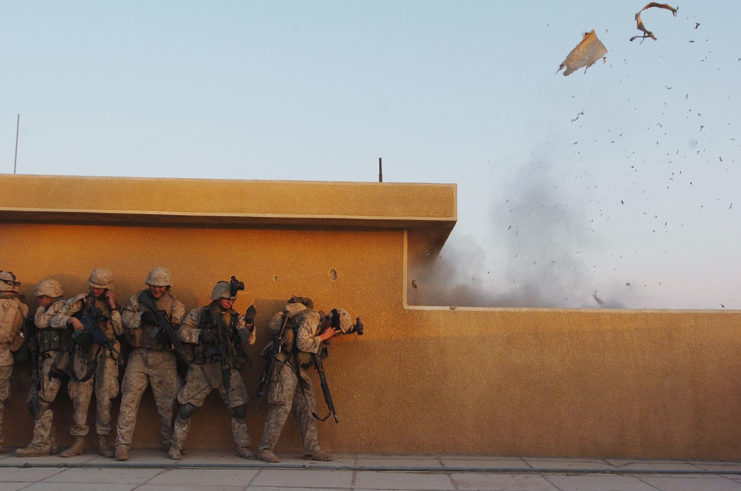
The 36th Iraqi Commando Battalion, along with US Army Special Forces advisers, SEAL Sniper Task Elements and the US Marine Corps Scout Platoon, engaged in combat with the enemy along the peninsula, with intense shelling and air strikes carried out across the city. From there, they captured Fallujah General Hospital and the ING building, as well as villages opposite the Euphrates.
The forces engaging in the diversion gained control of these areas rather swiftly. As such, they were able to shift westward and capture Jurf Kas Sukr Bridge. Unfortunately, two Marines died when their bulldozer fell into the river. Forty-two insurgents perished during this phase of the fighting.
The Second Battle of Fallajuh begins with major assaults
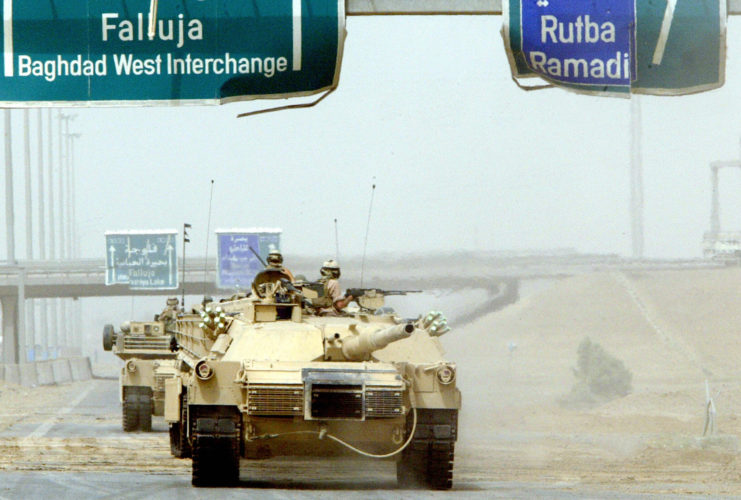
The major assault during the Second Battle of Fallujah began north of the city, after US Navy Seabees disabled two electrical substations. Following this, the Marine Corps’ Regimental Combat Teams 1 (RCT-1) and 7 (RCT-7) launched their attack.
The teams were joined by 2nd Battalion, 7th Cavalry Regiment and Task Force 2nd Battalion, 2nd Infantry Regiment (Mechanized), as well as a second US Army heavy battalion mechanized unit. The US Air Force provided close-air support, deploying McDonnell Douglas F-15E Strike Eagles, General Dynamics F-16 Fighting Falcons, Fairchild Republic A-10 Thunderbolt IIs, Boeing B-52 Stratofortresses and Lockheed AC-130 gunships to help ground troops infiltrate the city.
Clearing out the insurgents
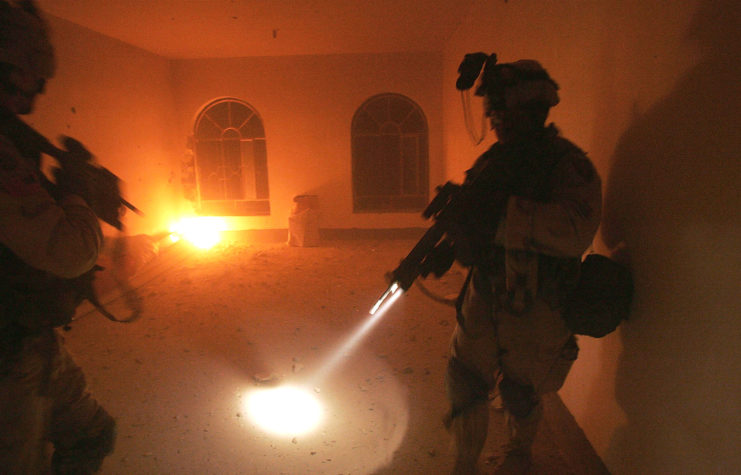
The true fighting during the Second Battle of Fallujah began at dawn of November 8, after six US and Iraqi battalions moved into the city. They captured the train station and converted it into the main staging area. They then traveled from building to building to locate and defeat the insurgents.
“There are so many great stories from our accounts going building to building,” Maj. Gen. Lawrence D. Nicholson, commander of the 1st Marine Division, later told The Washington Post. “Going building to building is so tough on infantry. Squads were going one block at a time, over and over, and just clearing these buildings.”
The Marines then pushed into Fallujah’s Hay Naib al-Dubat and Al-Naziza districts, and the Seabees cleared debris on the streets using armored bulldozers. By the night of November 9, the Americans had made it to Highway 10, in the center of the city.
Though the battle was won, pockets of insurgents still attacked
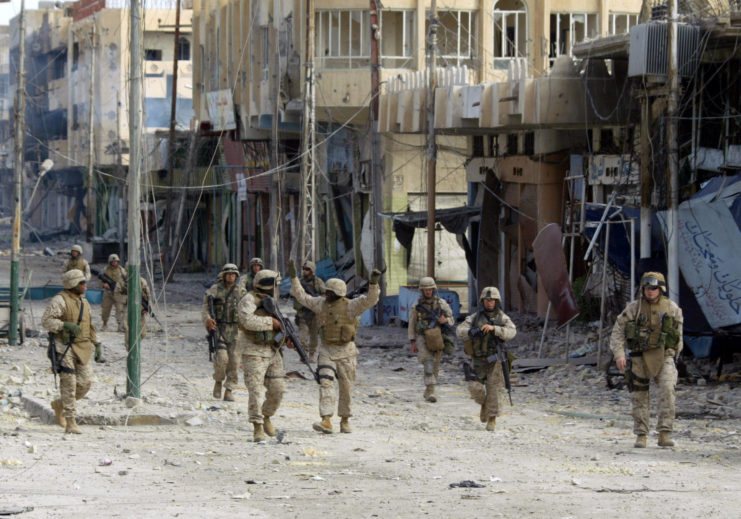
Fighting during the Second Battle of Fallujah had pretty much come to an end by November 13, 2004. However, there were instances of isolated resistance by insurgents against the American forces in the weeks leading up to December 23. By January 2005, units began to leave the city, allowing civilians to return to the now-heavily damaged city.
The battle was the bloodiest American-involved engagement of not just the Iraq War, but since Vietnam. In Fallujah, 60 of the 200 famed mosques were destroyed, with many falling victim to coalition fire for being weapons caches for the insurgents. Casualties for the Americans totalled 95, with an additional 560 wounded. However, of the estimated 4,000 insurgents residing there prior to the battle, 2,000 are believed to have been killed, with an additional 1,200 captured.
More from us: Medal of Honor Recipient Alwyn Cashe Gave His Life to Save His Fellow Soldiers
A number of decorations were presented to those involved in the fighting. Staff Sgt. David Bellavia of Army Task Force 2-2 Infantry was the sole recipient of the Medal of Honor, while three groups were awarded the Presidential Unit Citation. Nine Marines were awarded the Navy Cross, with one, Cpl. Dominic Esquibel, refusing it for “personal reasons.”
